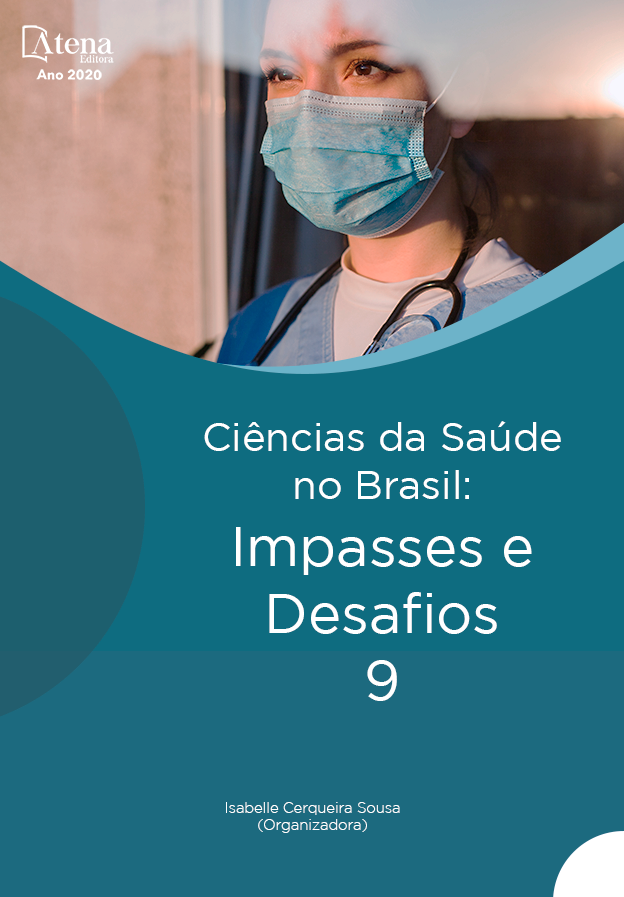
PESTICIDAS: SEU CICLO NO MEIO AMBIENTE
Os pesticidas ou seus produtos de degradação são fáceis de se disseminarem no meio ambiente, assim são uma problemática na atualidade, pois ultrapassam as plantações agrícolas estendendo-se para extensões globais. Têm causado danos sobre a saúde humana e animal associados não somente pela exposição ocupacional de trabalhadores rurais, mas também, pela contaminação dos diferentes compartimentos ambientais. A bioacumulação em solos, rios e lençóis freáticos afeta diretamente populações não-alvo. Este trabalho busca apresentar a dinâmica que estes poluentes fazem na natureza, dividindo seu ciclo em 3 fases: a 1ª fase caracterizada pela introdução dos pesticidas nos diferentes compartimentos ambientais é atribuída principalmente pelas propriedades físico-químicas das partículas; 2ª fase de transporte, onde os pesticidas se difundem e se propagam nos diferentes compartimentos ambientais, importante nesta fase as características do ambiente e; a 3ª fase referente à bioconcentração, na qual ocorre a retenção dos pesticidas pelos organismos presentes nos diferentes compartimentos ambientais. Por fim, descrevem-se os processos envolvidos na transformação ou degradação dos pesticidas. Assim, expõe-se de forma sucinta como os pesticidas, independentes da sua classificação, podem ser encontrados em todo o meio ambiente, podendo, com isso, provocar serio desequilíbrio ao ecossistema.
PESTICIDAS: SEU CICLO NO MEIO AMBIENTE
-
DOI: 10.22533/at.ed.23820280925
-
Palavras-chave: Agrotóxicos; bioconcentração; bioacumulação; circulação; poluição.
-
Keywords: Pesticides; bioconcentration; bioaccumulation; circulation; pollution.
-
Abstract:
Pesticides or their degradation products are easy to spread into the environment, so they are a problem today as they go beyond agricultural plantations to global extensions. They have caused damage to human and animal health associated not only with occupational exposure of rural workers but also by contamination of different environmental compartments. Bioaccumulation in soils, rivers, and groundwater directly affects non-target populations. This paper aims to present the dynamics that these pollutants make in nature, dividing their cycle into three phases: the first phase characterized by the introduction of pesticides in different environmental compartments is mainly attributed to the physicochemical properties of the particles; 2nd stage of transport, where pesticides spread and spread in different environmental compartments, important at this stage the characteristics of the environment and; the third phase related to bioconcentration, in which pesticides are retained by organisms present in different environmental compartments. Finally, the processes involved in the transformation or degradation of pesticides are described. Thus, it is briefly exposed to how pesticides, regardless of their classification, can be found throughout the environment, thus causing serious imbalance to the ecosystem.
-
Número de páginas: 17
- Carla Brugin Marek
- Ana Maria Itinose
- Jocimar Antonio Camargo
- Lidiane Alves de Miranda


